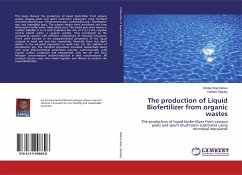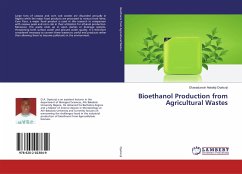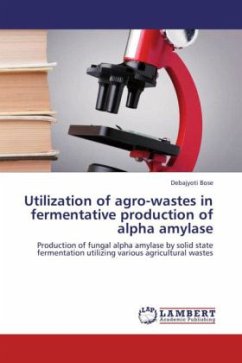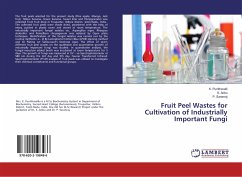This study showed the production of liquid biofertilizer from organic wastes (cassava peels and spent mushroom substrates) using microbial inoculants (Bacillus spp., Pseudomonas spp., Lactobacillus spp., Azotobacter spp. and Aspergillus spp.). The organic wastes were autoclaved and then immersed in sterile water inside plastic pots. The plastic pots were twelve in number (labelled A to L) with duplicates but one of it (L) is the negative control (sterile water + organic wastes). They functioned as the composting reactors with different compositions of microbial inoculants. There were increase in the physicochemical parameters of the liquid compost in week one and two respectively. Generally there was slight decline in the microbial population at week two. On the addition of Azotobacter spp. the microbial population increased substantially along with some physicochemical parameters (nitrates, carbon(iv)oxide, total organic carbon, potassium and phosphates), only the pH and Total Nitrogen concentrations showed reduction in their concentrations. All compost reactors were then mixed together and filtered to produce the Liquid Biofertilizer.
Bitte wählen Sie Ihr Anliegen aus.
Rechnungen
Retourenschein anfordern
Bestellstatus
Storno








